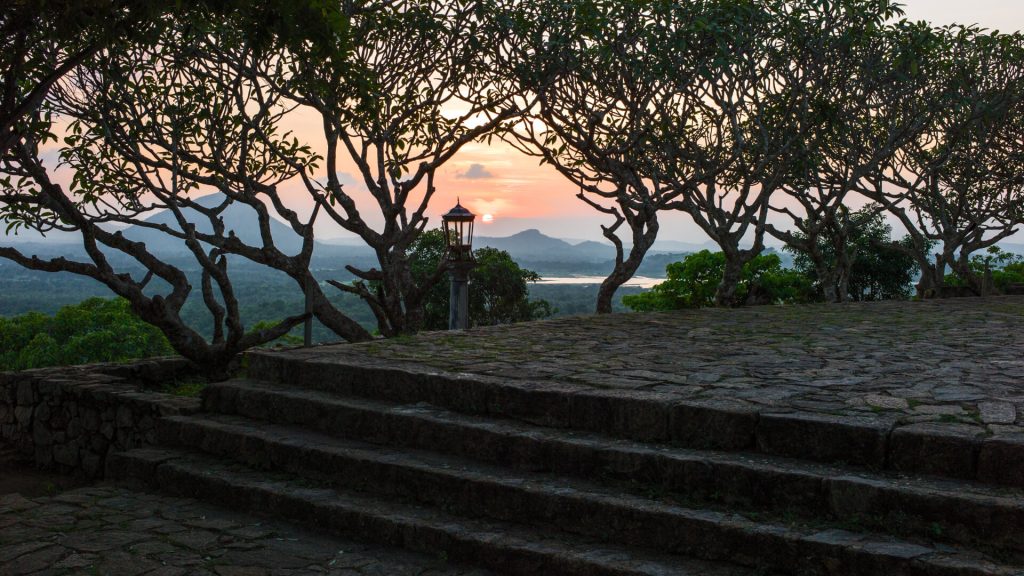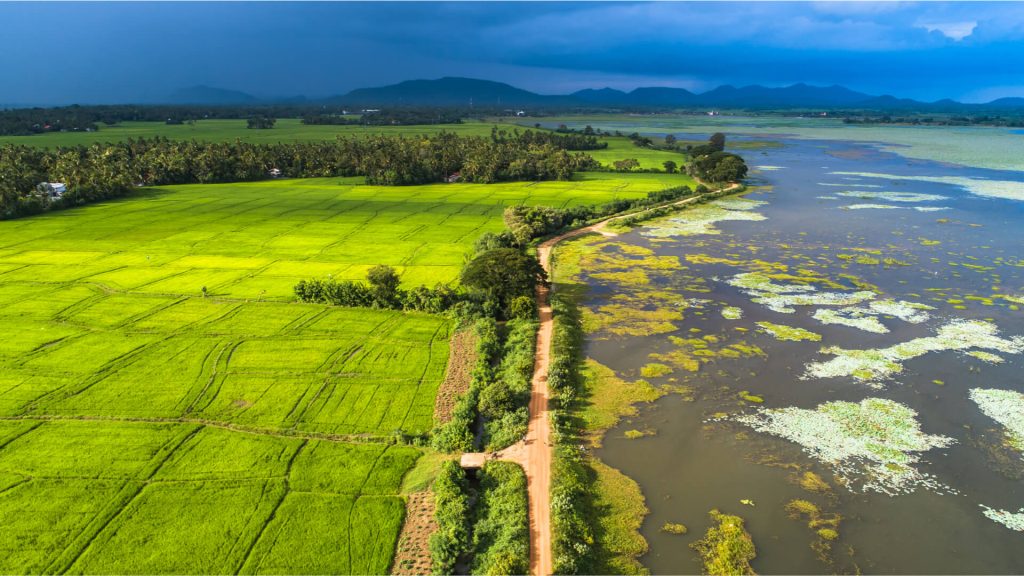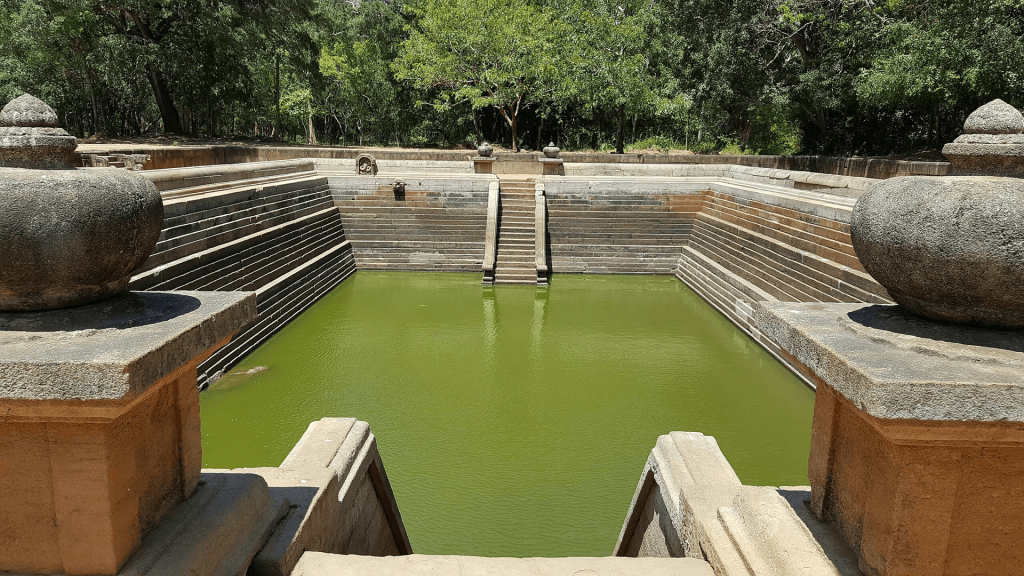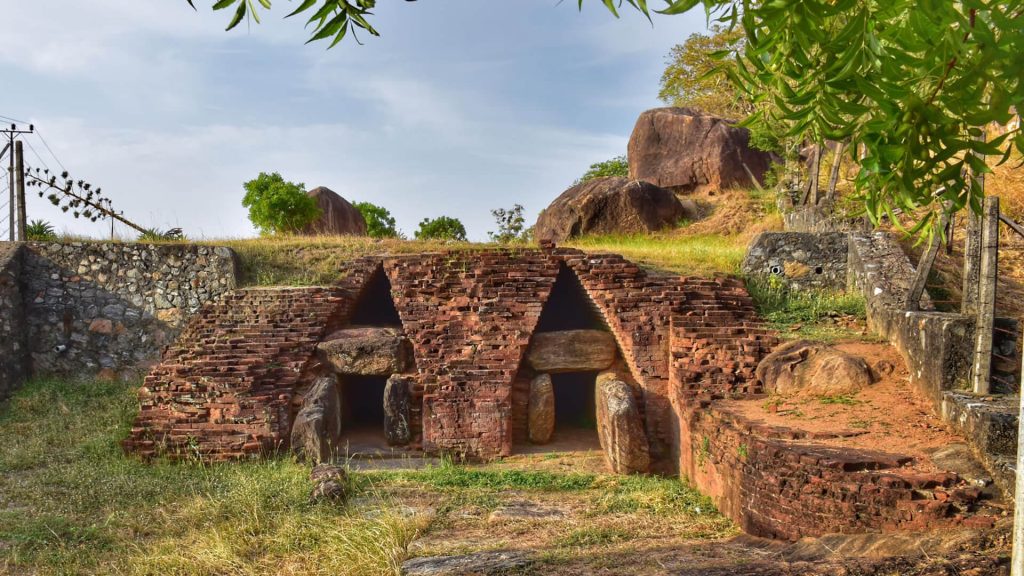Sri Lanka’s ancient permaculture and hydraulic civilization are remarkable examples of early sustainable development and environmental management. The island’s history is rich with examples of advanced hydraulic engineering, rainwater harvesting, and agricultural practices that have stood the test of time, showcasing a deep understanding of ecological balance and resource management.

Permaculture in Ancient Sri Lanka
Permaculture, a concept often associated with modern sustainable agriculture, has its roots deep in the history of Sri Lanka. The ancient Sinhalese developed a sophisticated system of water management that included vast networks of tanks and reservoirs, known locally as ‘wewas’. These were used to collect and redistribute the monsoon rains to support agriculture and maintain the water table.
One of the most notable figures in this regard was King Parakrama Bahu I (1153 AD -1186 AD), who famously stated, “Let not even a drop of rainwater go to the sea without benefiting man.” Under his reign, the construction of 165 dams, 3910 canals, 163 major and 2376 minor reservoirs, and 328 stone sluices was undertaken. This grand endeavor transformed the dry zones of Sri Lanka into fertile lands, enabling the cultivation of rice and other crops.

Biso Kotuwa: A Marvel of Hydraulic Engineering
The ‘Biso Kotuwa’, or the Queen’s enclosure, is a unique structural feature found in ancient Sri Lankan reservoirs. It is a testament to the hydraulic ingenuity of the Sinhalese, serving as a valve pit and sluice gate to control the flow of water from the reservoirs without exerting high pressure on the dam structure. This innovation allowed for the precise management of water levels, crucial for sustaining agriculture during dry periods.

GIHAS: The Tank Cascade System
The Tank Cascade System, recognized as a Globally Important Agricultural Heritage System (GIAHS) by the United Nations, is a series of tanks set one after another on a natural drainage line within a watershed. These cascades effectively capture, store, and utilize rainwater, creating a resilient agricultural system that can withstand the erratic weather patterns of the dry zone. The system’s design reflects an intimate knowledge of the local topography and hydrology, ensuring sustainability and biodiversity conservation.
Kandyan Forest Home Gardens
The Kandyan Forest Home Gardens (KFHG) are over 2000 years old and represent a traditional mixed farming system in the central hills of Sri Lanka. These gardens are characterized by a diverse array of trees, shrubs, herbs, and spices, grown in a multi-tiered fashion that mimics the structure of a natural forest. The KFHGs are a prime example of agroforestry, where the selective planting of cash crops and spices among native flora has created a self-sustaining ecosystem that supports both biodiversity and livelihoods.

Conclusion
The ancient practices of permaculture and hydraulic engineering in Sri Lanka are not just historical footnotes but living traditions that continue to influence modern sustainable practices. The Biso Kotuwa, the Tank Cascade System, and the Kandyan Forest Home Gardens are all embodiments of a culture that revered and worked in harmony with nature. These systems highlight the potential of traditional knowledge in addressing contemporary challenges related to water management, food security, and environmental conservation. As we face the pressing issues of climate change and resource depletion, the lessons from Sri Lanka’s ancient wisdom offer valuable insights into creating resilient and sustainable societies.
